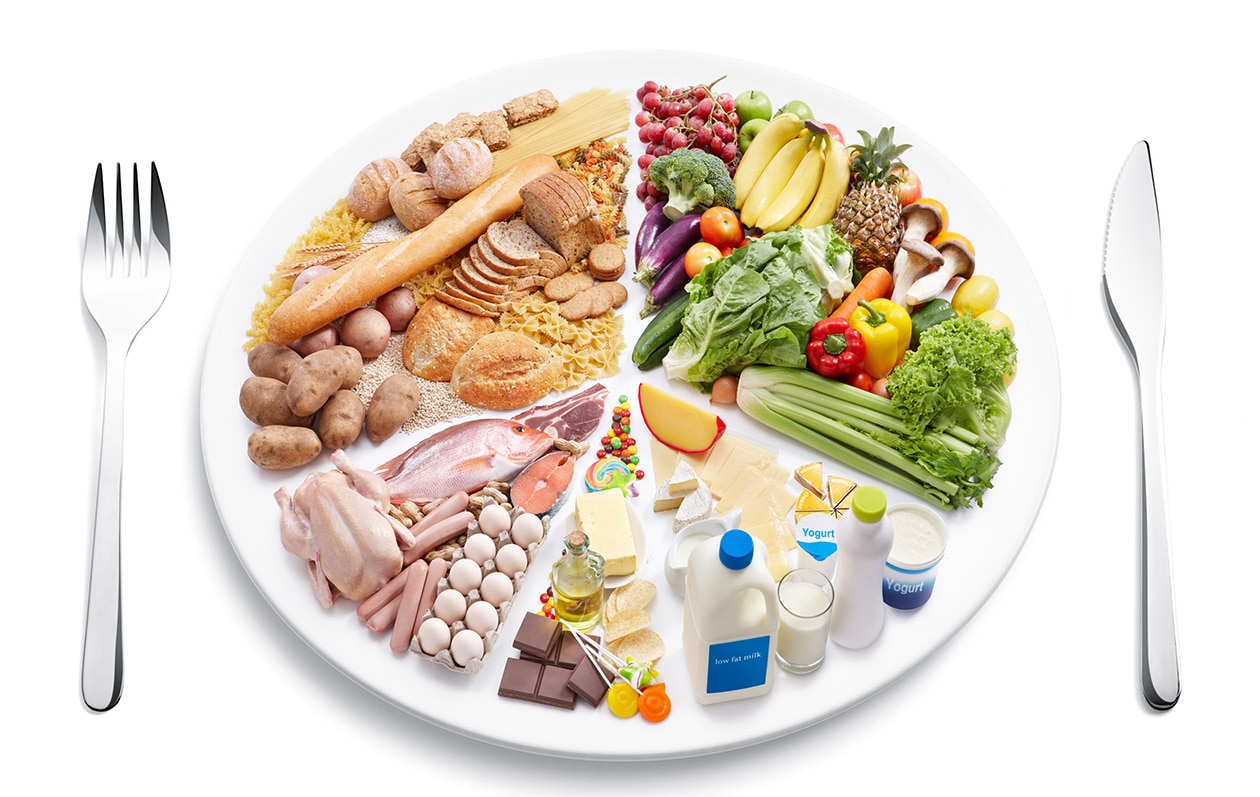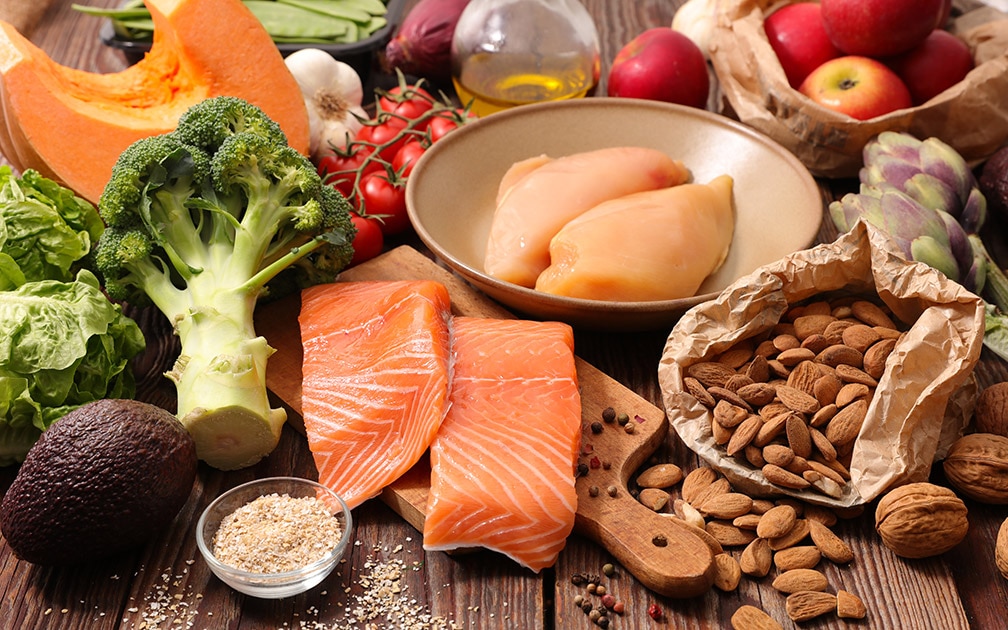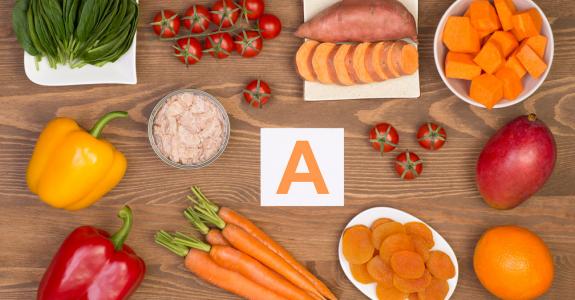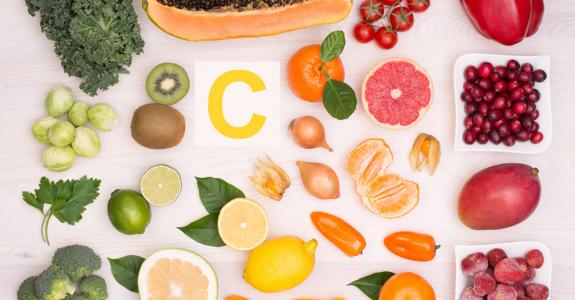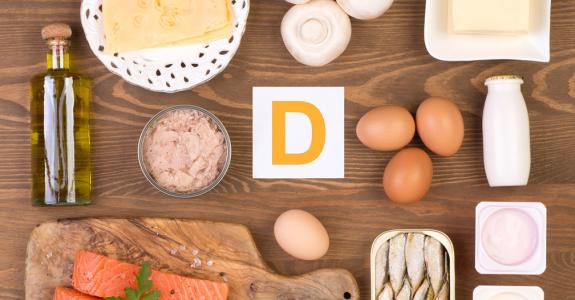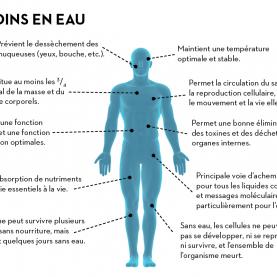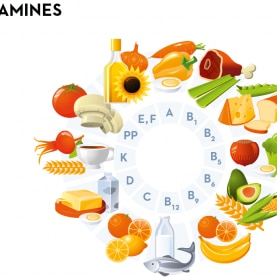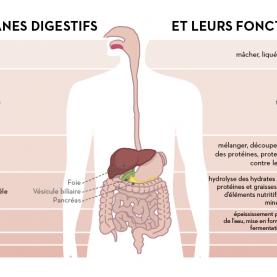What exactly is a balanced meal?
Fad diets and questionable nutrition advice are so widespread in the media that we often overlook the best and most basic healthy-eating model.
It is generally agreed that a balanced plate consists of one quarter proteins, one quarter carbohydrates and one half vegetables. ©Shutterstock/ifong
A very common piece of nutrition advice around the world is to ‘eat a balanced diet.’ This seems like quite an easy idea today, where words like ‘carbohydrates’, ‘fibre’, ‘fructose’ and ‘omega-3 fatty acids’ are now making their way into everyday conversation. In recent decades, scientific research has rapidly expanded the understanding of human nutrition, but this may make a healthy diet seem much more complicated than it used to be. How do we make sure we get enough – but not too much – of the seemingly endless numbers of nutrients out there?
The good news is it’s actually pretty simple. A balanced meal is a snapshot of a diet that covers the three core food groups. As seen on this portion plate, the balance is a quarter proteins, a quarter carbohydrates and half vegetables1.
Quick refresher: nutrient basics
There are six types of nutrients essential for survival: proteins, carbohydrates, lipids (fats), vitamins, minerals and water. Proteins, carbohydrates and fats are macronutrients, ‘macro-’ meaning we require them in large amounts. These provide the body with energy, measured in kilojoules or kilocalories2. Vitamins and minerals are classed as micronutrients because they are only required in small amounts. Water is also an essential macronutrient, as the volume produced by the body through metabolic processes falls far short of the amount we lose every day through perspiration, urine, faeces and respiration.
Three core food groups
Despite cultural variations, food is always grouped according to the main functions of its key nutrients. Keeping it simple, most foodstuffs are put to one of three uses: energy, growth and repair, or maintaining healthy metabolic function. Depending how specific we want to be, foodstuffs can be further categorised in up to eight groups, which is why national dietary guidelines around the world may vary regarding the foodstuffs used, but remain very similar regarding overall nutrient needs3.
One quarter carbohydrate food for energy
Carbohydrate-rich food includes rice, pasta, quinoa, couscous, potatoes, bread, barley, oats and other cereals. These provide energy for the brain, muscles and other organs. Wholegrain carbohydrates are the preferred choice since they also provide fibre and vitamin B. Fibre is essential to keep your bowels working smoothly, and vitamin B allows the body to utilize the energy it received from carbohydrates. The more active we are, the more carbohydrates we require.
One quarter protein food for growth and repair
Protein-rich food includes eggs, seafood, poultry, red meat, pulses, milk, yoghurt, cheese, tofu, nuts and insects. This group is vital for maintaining muscle tissue, red blood cells, and hormone and enzyme production. We need more of these kinds of food in periods of growth (i.e. childhood and adolescence) or physical illness. A lot of high-protein foodstuffs also contain fats and fat-soluble vitamins; fish and eggs are two good examples.
One half vegetables for a healthy metabolism
Vegetables (and other plants, such as pulses, fruit, nuts, seeds and herbs) are rich in vitamins, minerals, fibre and phytonutrients4, such as antioxidants. Vitamins and minerals keep our metabolism and organs running efficiently, which is essential for staying healthy. A number of vitamins act as antioxidants. These repair tissue damage caused by metabolic processes or some environmental pollutants. Vegetables, herbs and fresh fruit are also satiating while relatively low in energy, meaning they help maintain a healthy weight. There can never be too many vegetables on the plate provided there is a variety.
Mixed meals and processed food
A balanced meal definitely does not need to be split up like the plate shown here. This is a guide to give an idea of the proportions of each food group that make up an ideal meal. It also does not mean every meal needs to look like this! If some days we eat more or less of a food group, it can still be balanced out over the week.
Processed food, such as chocolate, cake, chips, biscuits, etc., can be part of a healthy and balanced diet too, in moderation of course. The key is to remember they all are part of the same food group, whatever we call it: treats, junk food, sometimes food, unhealthy food, snacks, etc. Eating lots of different kinds of ‘treats’ still adds up to lots of treats. The more of this kind of food we eat, the more likely we are to either neglect more nutritious food or consume unnecessary kilocalories.
A few other important considerations
Food containing fibre and/or protein increases satiety, keeping us feeling fuller for longer. This means we are less likely to be tempted by readily accessible and conveniently packaged food, such as sweets, chocolates, crackers and cheese, crisps or an ice cream an hour after your meal. Including protein and fibre at main meals promotes better eating patterns, which would support long-term weight maintenance. High-fibre food includes wholegrain cereals, fruit and vegetables, particularly the skins.
Herbs and spices make wonderful additions to any dish. They provide lots of micronutrients, almost no kilocalories, and a delicious flavour lift to even the most basic meals.
Protein is the main nutrient for growth and repair, but calcium is essential to bone and muscle health too – and is the reason dairy products are often given their own food group. Milk, yoghurt and cheese are well-known sources, but plenty of other types of food boast a boost of calcium too: tofu and soya-bean products, calcium-fortified non-dairy milk, pak choi, kale, collard, almonds, broccoli and the soft bones of cooked fish such as sardines.
Healthy eating does not need to be complicated. In fact, it shouldn’t be! Using the principles of ¼ + ¼ + ½, any meal can nourish your wellbeing. It’s much easier and healthier than restrictive diets and unbalanced fads – I’m sure you know the ones I’m talking about.



